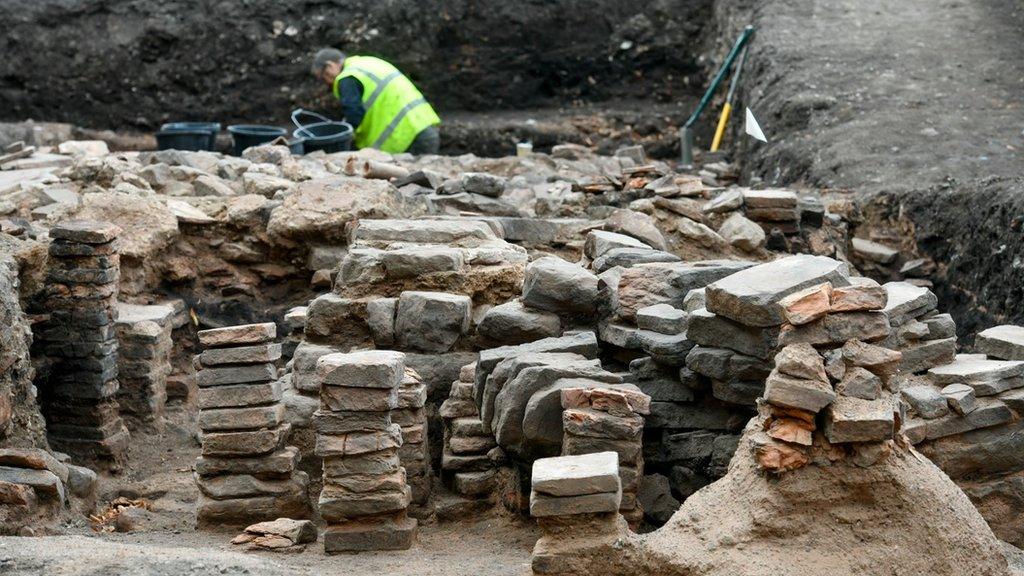Carlisle dig unearths 1,900-year-old Roman road
- Published
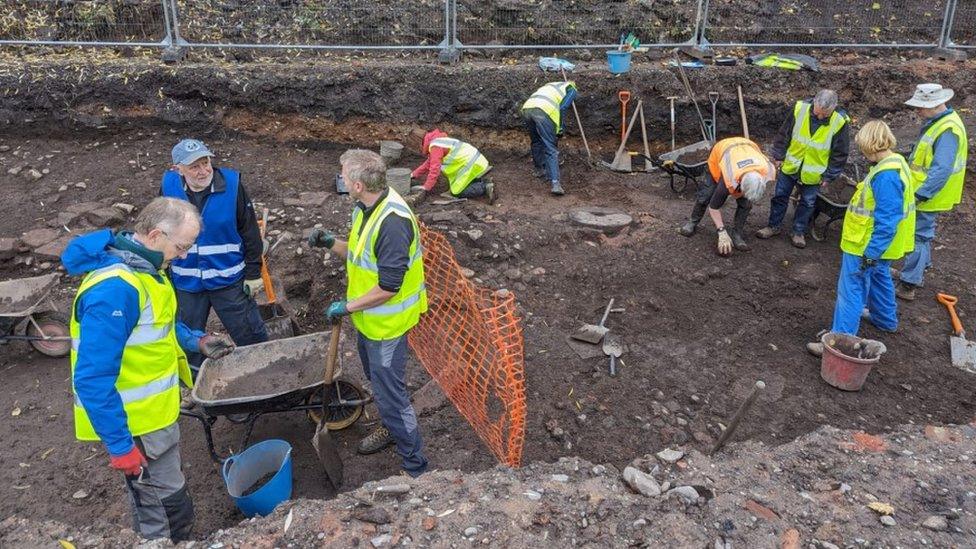
The team described the road as "beautifully preserved"
Archaeologists and volunteers have unearthed a 1,900-year-old Roman road during a dig near an ancient bathhouse.
The project at a site in Carlisle, where two sculptures were found in May, also uncovered timber buildings, believed to be shops, as well as ovens and mill stones.
The bathhouse was located in what was once a cobbled Roman road close to Hadrian's Wall in the city.
Members of the public are invited to visit the dig which ends later.
The project is run by Wardell Armstrong, whose technical director Frank Giecco, said the Roman road was "beautifully preserved."
He said the road was probably built around AD128 and was likely still being used in the 13th Century as a silver coin with the head of Edward I was found on it.
"It's been an amazing six days with three archaeologists and 12 volunteers, many of whom have been working on the project since 2017," he said.
"They are very well trained volunteers but there are new people joining all the time and we have 1,600 members in our group who are passionate about the archaeology of Carlisle."
More than 2,000 items - including pottery, weapons, coins and semi-precious stones - have been found at the site since 2021.
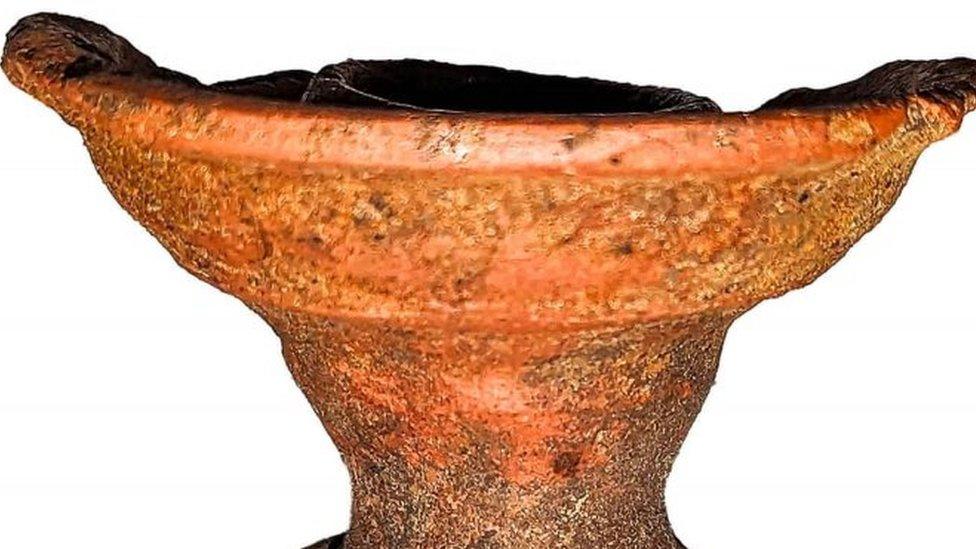
Roman pottery was discovered during the latest dig at the site
Some have been described as being of international significance, with the pair of Roman god sculptures discovered in May thought to date back as far as AD200.
The sandstone heads once formed part of sculptures standing 12-15 ft (3.5-4.5m) high.
Mr Giecco added: "Every season we've been really lucky. Last time we discovered the sandstone heads and the previous dig we discovered the intaglios gems.
"We are so fortunate to find things that have brought national and even international attention to the site.
"It's a huge site and we've probably only looked at about 50% of it.
"As well as the big finds, I get excited about the buildings of lower status like the timber shops where lower class people would have lived and made a living."
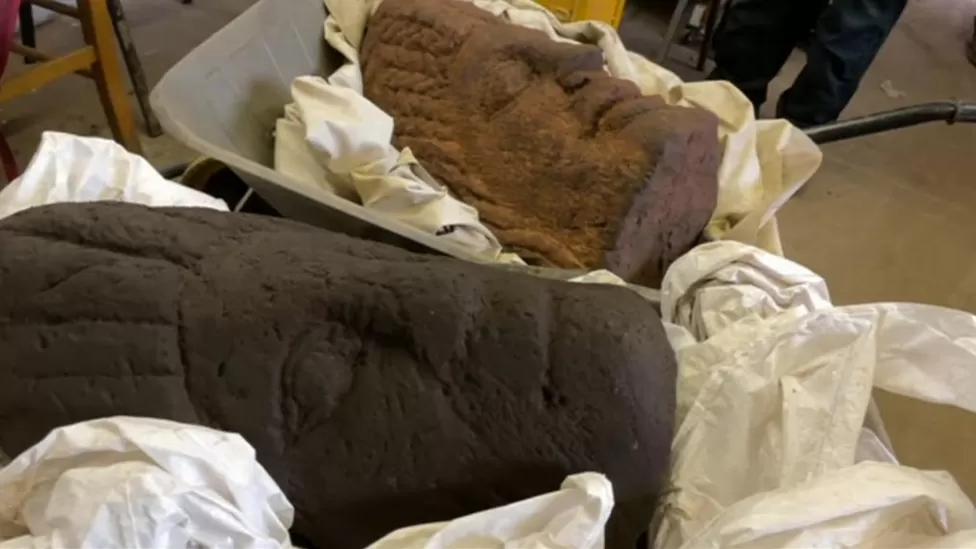
Two sculptures of Roman gods were discovered near the cricket club in May

Follow BBC Cumbria on Facebook, external, X (formerly Twitter), , externaland Instagram, external. Send your story ideas to northeastandcumbria@bbc.co.uk, external.
- Published25 October 2023

- Published24 May 2023
- Published26 April 2023

- Published31 January 2023
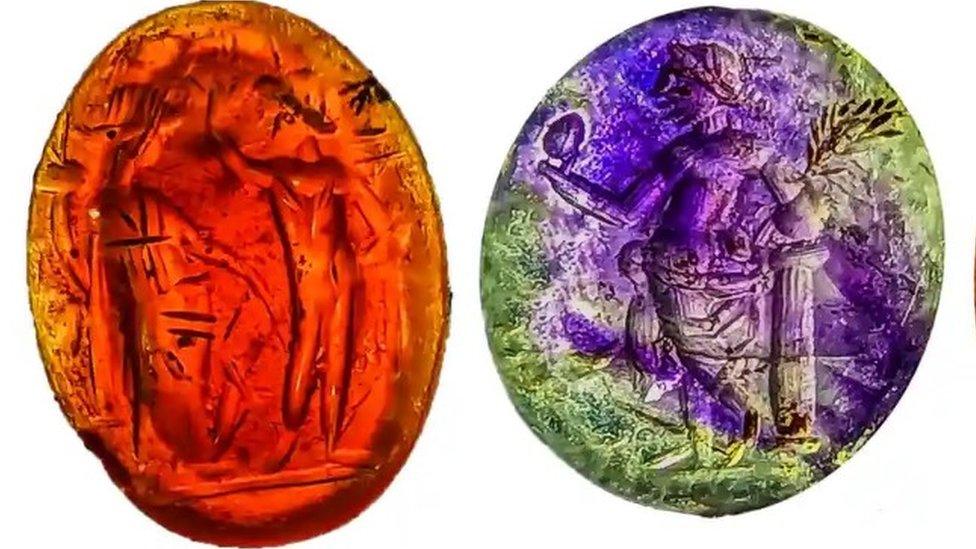
- Published26 September 2021
